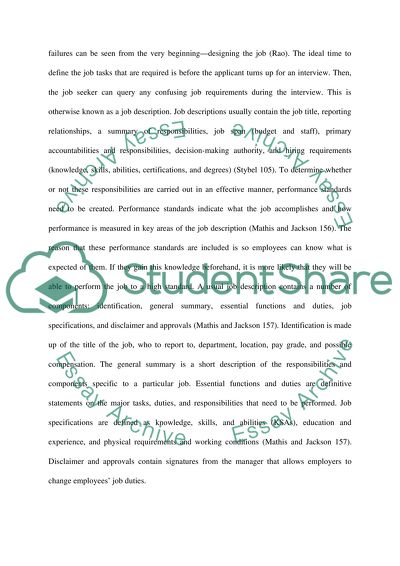Cite this document
(“HR Management Assignment 2 Example | Topics and Well Written Essays - 2000 words”, n.d.)
Retrieved from https://studentshare.org/family-consumer-science/1427089-hr-management-assignment
Retrieved from https://studentshare.org/family-consumer-science/1427089-hr-management-assignment
(HR Management Assignment 2 Example | Topics and Well Written Essays - 2000 Words)
https://studentshare.org/family-consumer-science/1427089-hr-management-assignment.
https://studentshare.org/family-consumer-science/1427089-hr-management-assignment.
“HR Management Assignment 2 Example | Topics and Well Written Essays - 2000 Words”, n.d. https://studentshare.org/family-consumer-science/1427089-hr-management-assignment.


